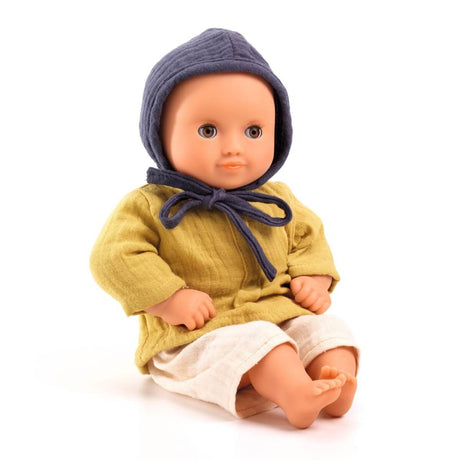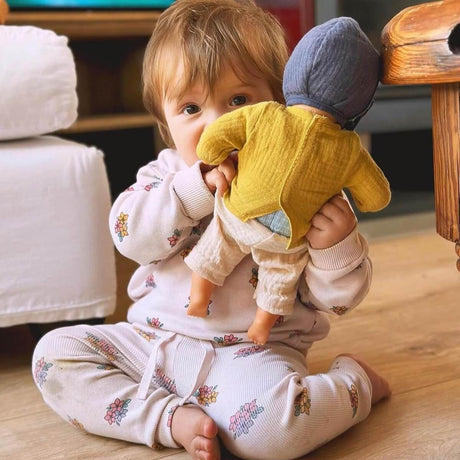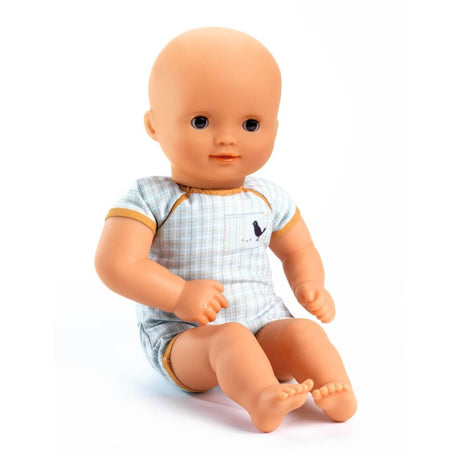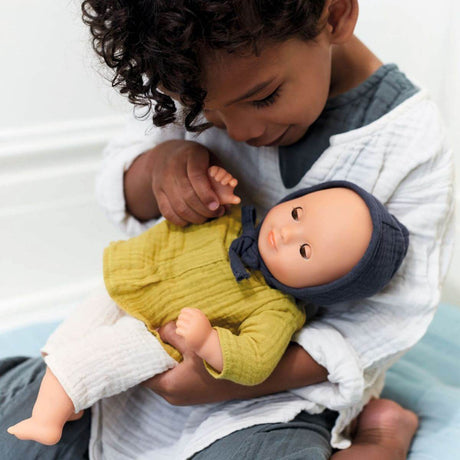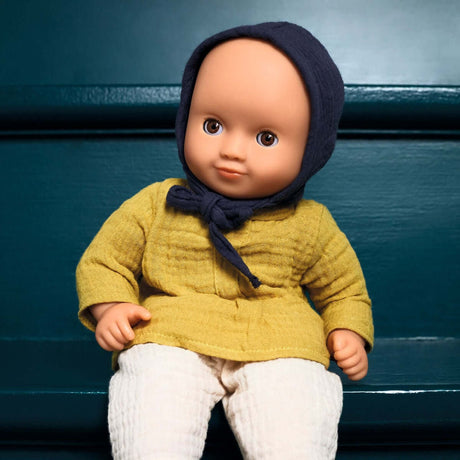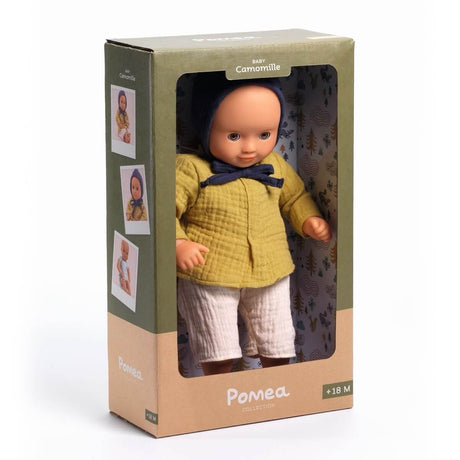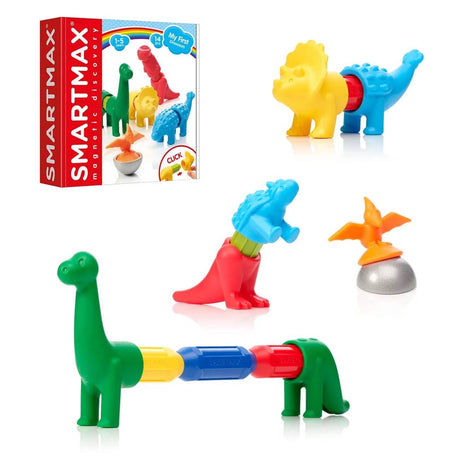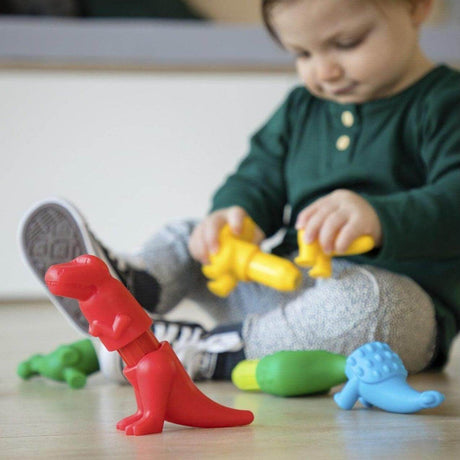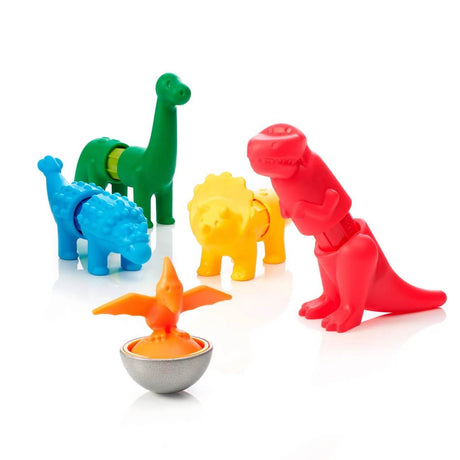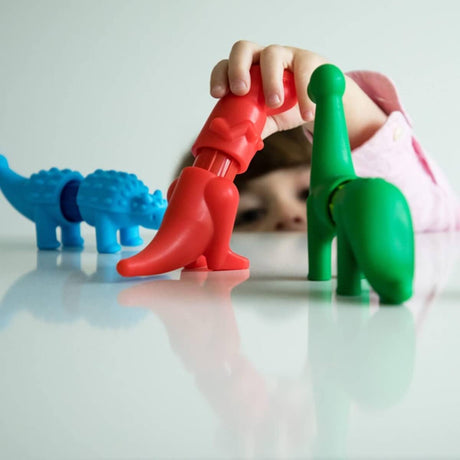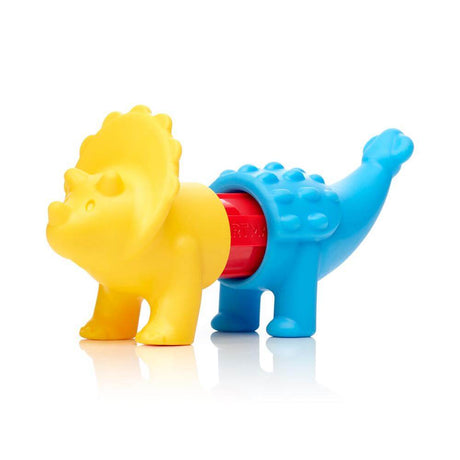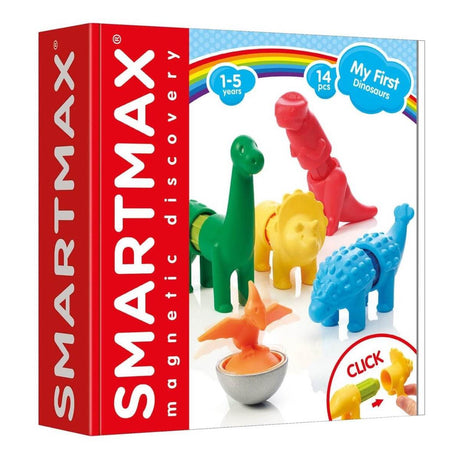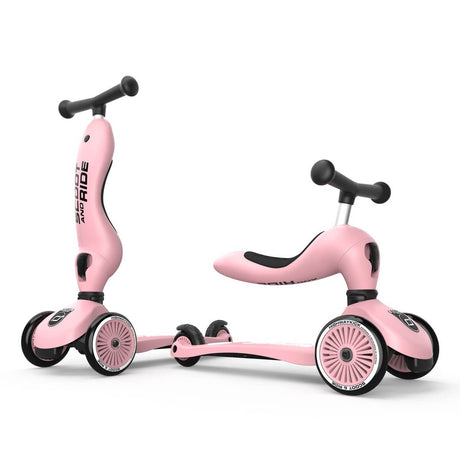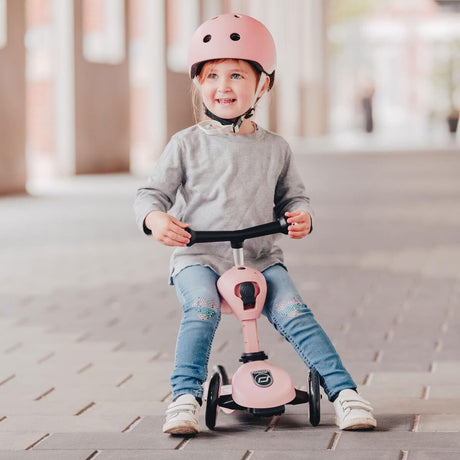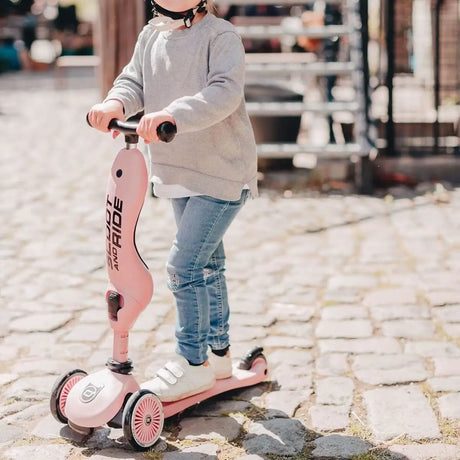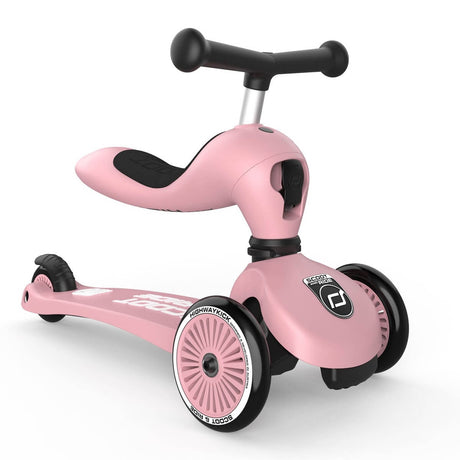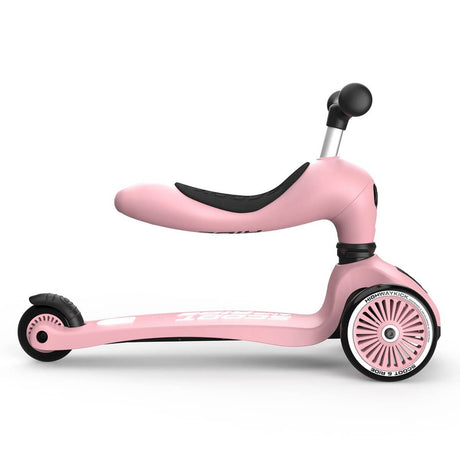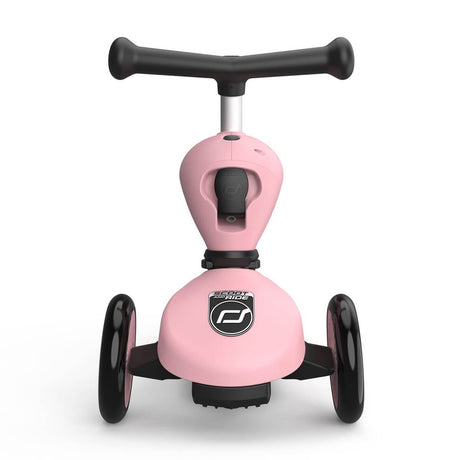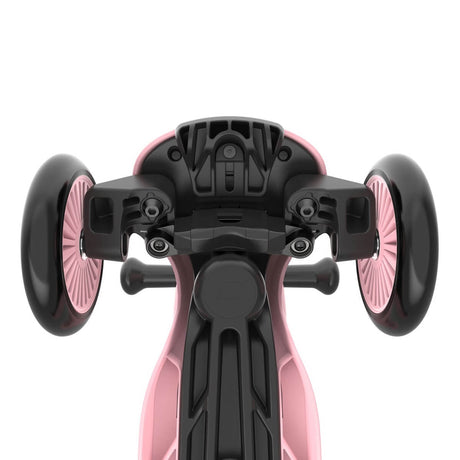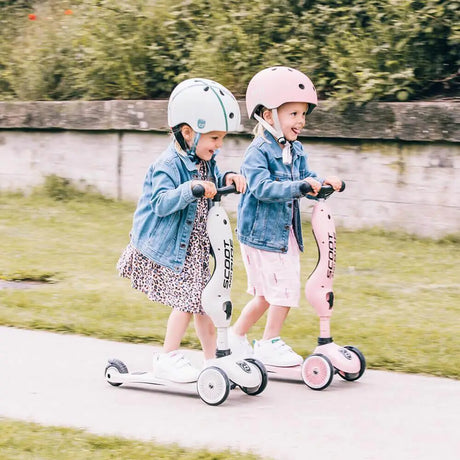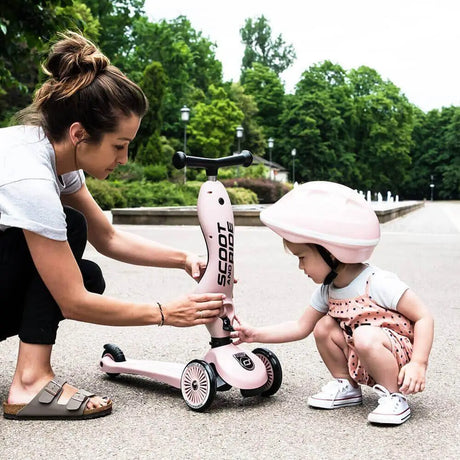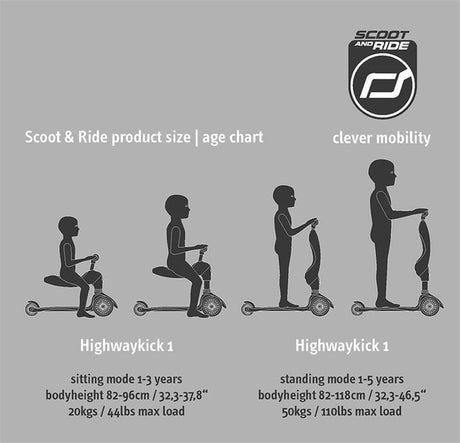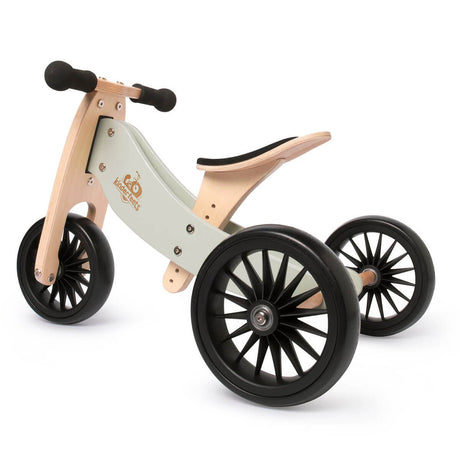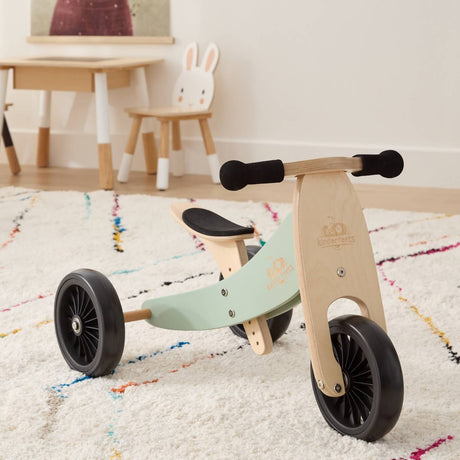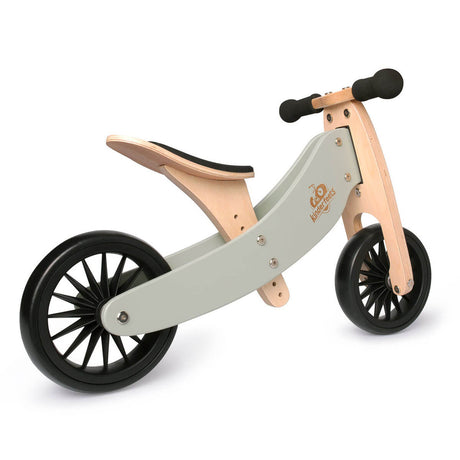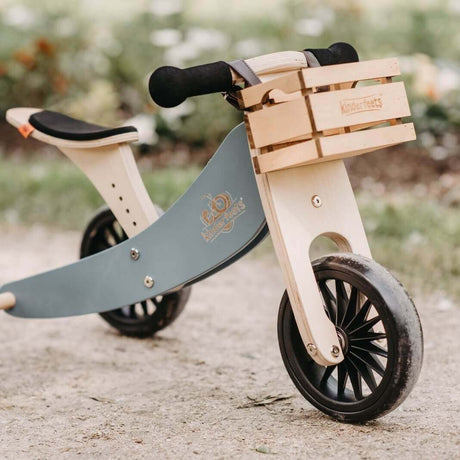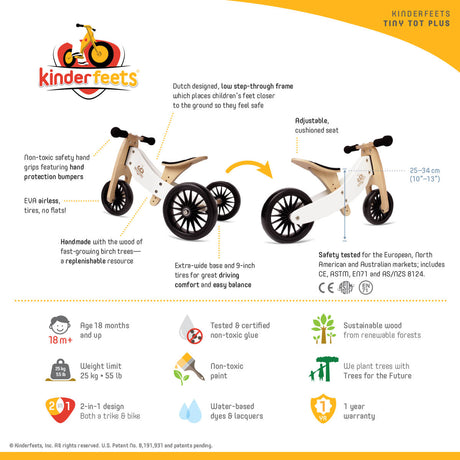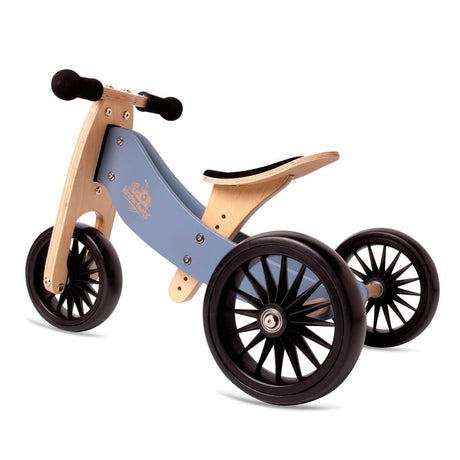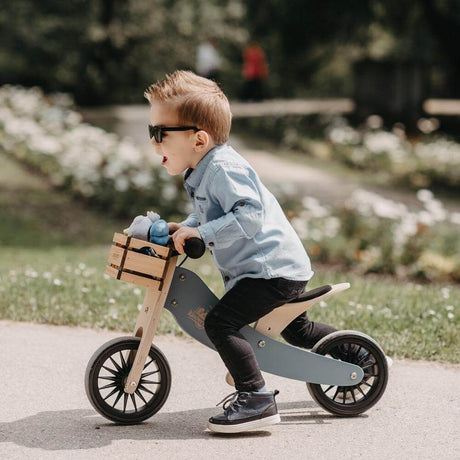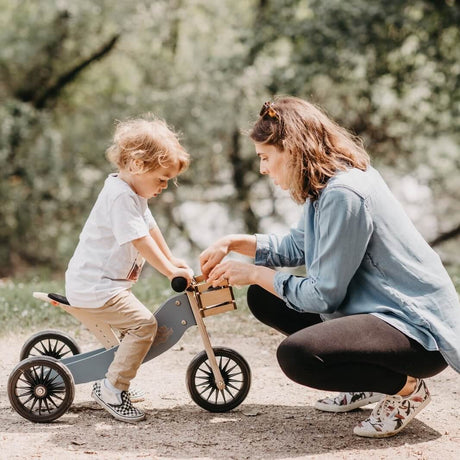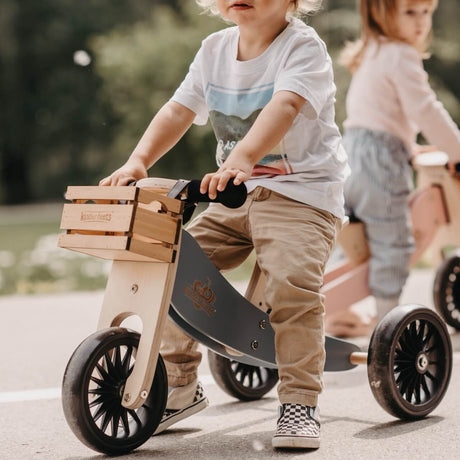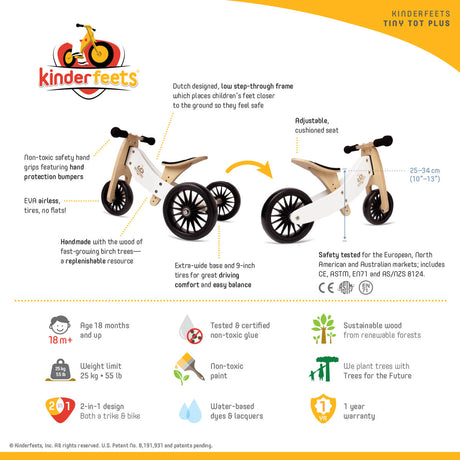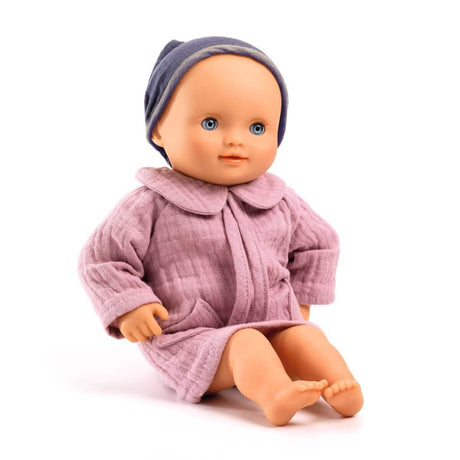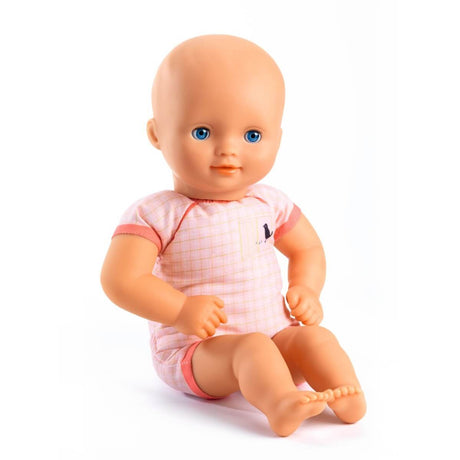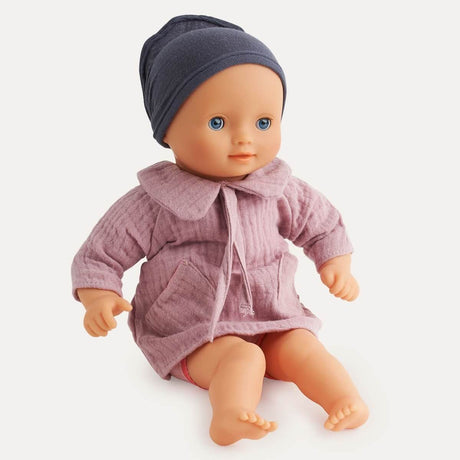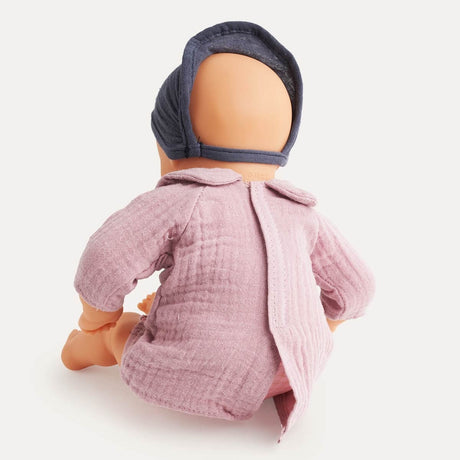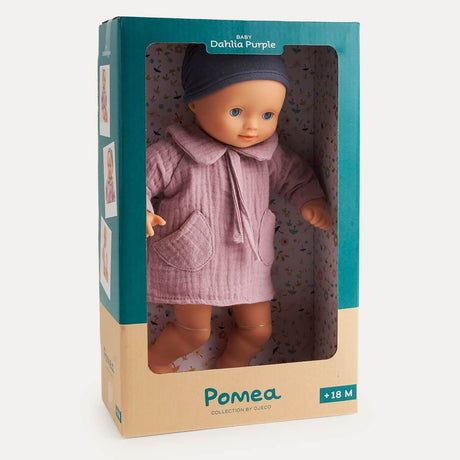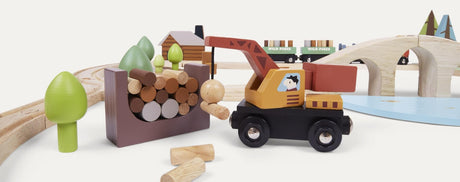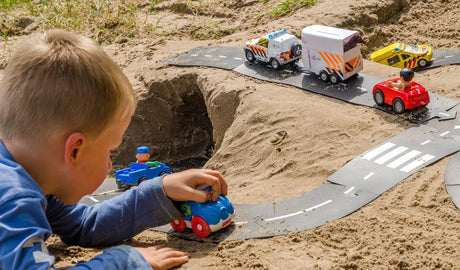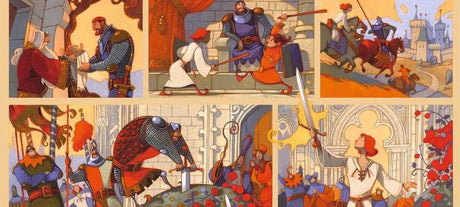Children's play is serious! After all, it's through play that children learn (and learn to learn ), develop their social-emotional intelligence, and bond with loved ones - and that's just the beginning.
As adults, we know that play is important, but with the multitude of gadgets available on the market, the task of choosing the right play items can seem insurmountable.
Here are some tips for choosing toys that promote imagination, creativity, and other aspects of brain development that will help your young child succeed.
1. The best toys are those that parents and toddlers can play with together.
Show your child how a toy or game works, but then encourage them to direct the play and let them guide you. Don't forget that these moments of play are opportunities for interaction and meaningful moments with your child. Playing together not only develops motor skills and creativity, but also confidence, empathy and cooperation.
Try turn-taking games like tickling each other, rolling a ball or car back and forth, sharing a pencil, stacking blocks, etc.
2. Choose toys that allow them to both practice skills already acquired and perfect those still emerging.
Toys such as puzzles and shape sorters fall into the zone of proximal development, which is optimal for learning and developing the ability to overcome challenges. These are areas that the child has already partially mastered and is striving to acquire new skills without being overwhelmed by the challenge.
Teaching children to feel comfortable in this zone is one of the best ways to help them develop all kinds of social-emotional skills, such as self-control, patience, turn-taking, thinking before acting, concentration and perseverance, as well as self-confidence and a positive attitude.
For example, for puzzles, help them find the piece and position it. Then, each time, let him do a little more on his own and watch him gloat with pleasure.
3. Look for open-ended toys that stimulate your child's imagination by providing a variety of ways to play.
Building blocks are a classic for good reason! They are reminiscent of the sticks and stones that our prehistoric ancestors likely played with, requiring imagination and developing engineering skills.
Together you can stack them, sort them, build cities for your little cars to drive through and much more. Who knows what other ingenious ideas your child might come up with!
















